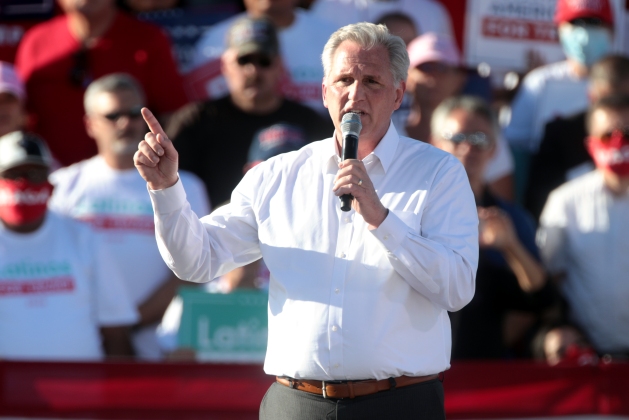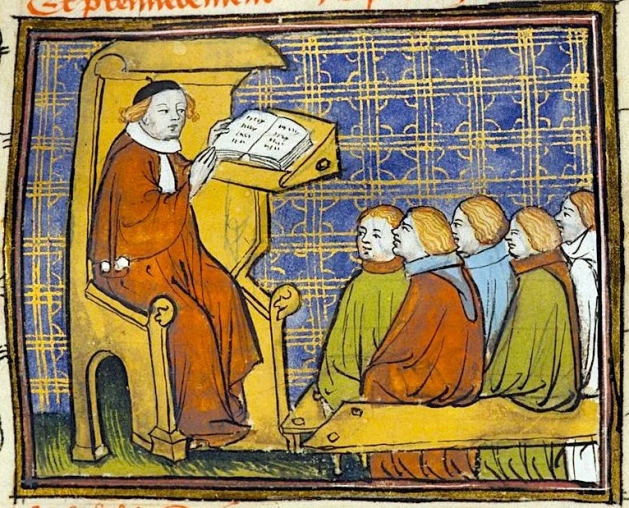
The North Shore Leader described Santos as “bizarre, unprincipled and sketchy” in an editorial published Oct. 20.
Josh Marshall, who’s been all over the George Santos story, has an update that casts media non-coverage of this fraud in an entirely new light. It turns out that there was a local news outlet reporting on several aspects of Santos’ fabricated history before Election Day.
You may recall that Santos is the newly elected Republican congressman from western Long Island who picked off a Democratic seat on the strength of his phony résumé. As best as anyone can tell, he’s been lying about his education, his career and maybe even whether he’s Jewish and gay. The New York Times exposed those fabrications on Monday, leaving a number of outraged observers to ask where the Times was last fall.
My own take was that the Times, as a national and international paper, couldn’t be expected to vet every candidate in New York State. At a certain point, you have to hold political candidates themselves responsible, and it appears that Santos’ Democratic opponent, Robert Zimmerman, didn’t do a very good job. As Marshall observes, the dossier Zimmerman’s campaign put together focused on the usual stuff — that Santos was a MAGA-loving Trump supporter — and missed the bigger picture.
But wait. A newspaper in Santos’ district called The North Shore Leader had it all along. Marshall posted the details on Thursday. As Leader reporter Niall Fitzgerald writes:
In a story first broken by the North Shore Leader over four months ago, the national media has suddenly discovered that US Congressman-elect George Santos (R-Queens / Nassau) — dubbed “George Scam-tos” by many local political observers — is a deepfake liar who has falsified his background, assets, and contacts. He is fact a wanted petty criminal in Brazil.
Fitzgerald doesn’t link to that earlier story, but the Leader endorsed Zimmerman nearly three weeks before Election Day and raised some serious questions about Santos’ background:
In 2020 Santos, then age 32, was the NY Director of a nearly $20 million venture fund called “Harbor City Capital” — until the SEC shut it down as a “Ponzi Scheme.” Over $6 million from investors was stolen — for personal luxuries like Mercedes cars, huge credit card bills, and a waterfront home — and millions from new investors were paid out to old investors. Classic Bernie Madoff “Ponzi scheme” fraud.
Santos’ campaign raises similar concerns. On paper Santos has raised over $2 million. But the money seems to have vanished — or never been there. Huge sums are listed with the FEC for personal expenses — like Brooks Brothers, Florida beach resorts, lavish restaurants and limo services — but many hundreds of thousands more disappear into a black hole of dubious “consulting fees.”
In other words, much of the Santos story was already out there before Election Day. It’s too bad that the Leader’s endorsement didn’t influence enough voters to drag Zimmerman across the finish line.
The Leader’s endorsement raises serious questions about the timing of the Times’ reporting. I was willing to give them a pass for not doing a scrub on Santos in the absence of specific information. Large news organizations rely on oppo research to signal them whether they need to do a deeper dive, and, as I said, Zimmerman’s oppo was lame. But the Times does cover metropolitan New York, and it should be a basic part of every metro newspaper’s duties to scan the local papers. The Leader’s endorsements ran in its Oct. 20 edition, more than enough time to gear up for an exposé.
Nor could the Times dismiss the Leader’s endorsement of Zimmerman as an act of partisan hackery. The Leader endorsed four candidates for the House, and three of them were Republicans. The Zimmerman endorsement laments that it couldn’t back a Republican in that district as well.
The Leader does not report its circulation to the Alliance for Audited Media, but according to the Leader’s About page, the paper was founded more than 60 years ago and reaches “thousands of Gold Coast readers.” Sounds like a fairly reliable source to me.
And let’s not let Newsday off the hook, either. Long Island’s daily paper, once regarded as among the best in the country, still has a substantial readership, according to the most recent figures filed with the AAM — 218,953 print and digital subscriptions on Sunday and an average of 191,413 on weekdays. I could find no evidence that Newsday examined Santos’ background in any substantial way in the run-up to the election. Don’t they read the weeklies?
At the very least, interns at the Times and at Newsday should be assigned to scan the local papers every day. If they had, it seems probable that someone would have seen the Leader’s reporting and amplified it before voters headed to the polls and elected a candidate who appears to be an utter fraud. Santos is even on the take from Russian interests, as The Daily Beast Reported — several weeks after the election.
It will be fascinating to see whether Santos can survive in office. At one time we’d be counting the days. But Kevin McCarthy needs him in his pathetic campaign for House speaker. Incredibly, Santos is likely to survive until the next election.








